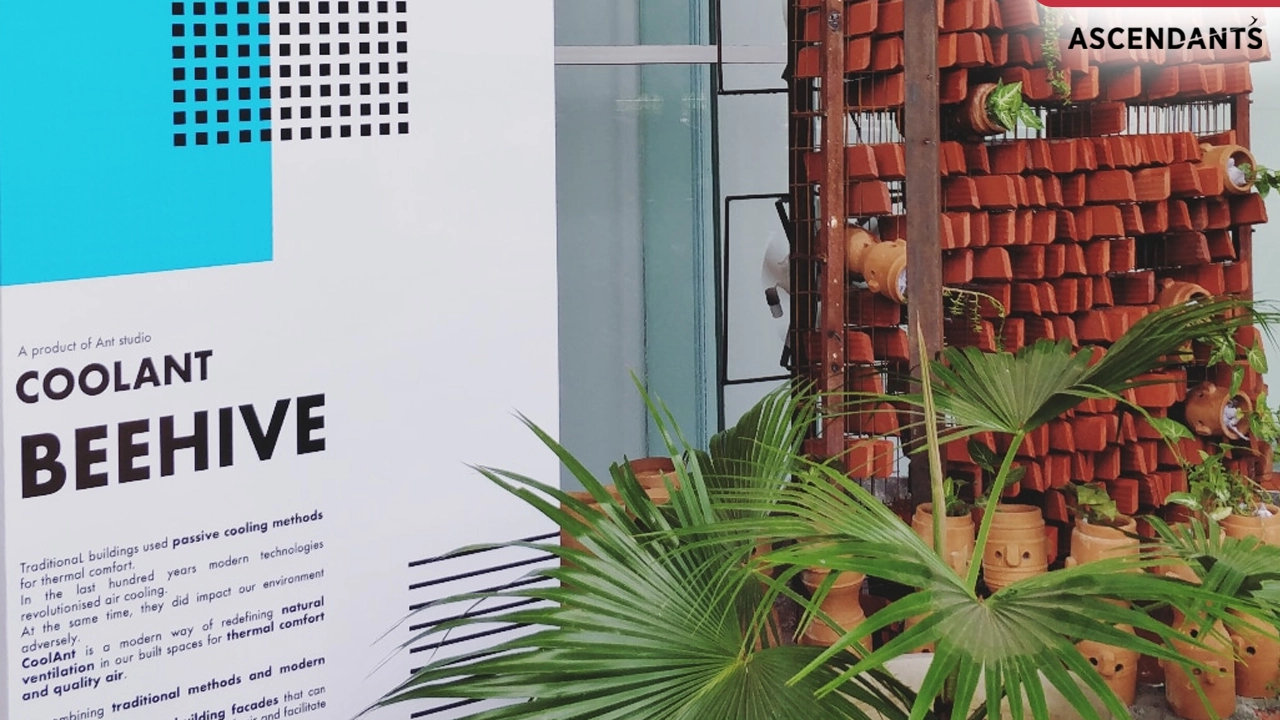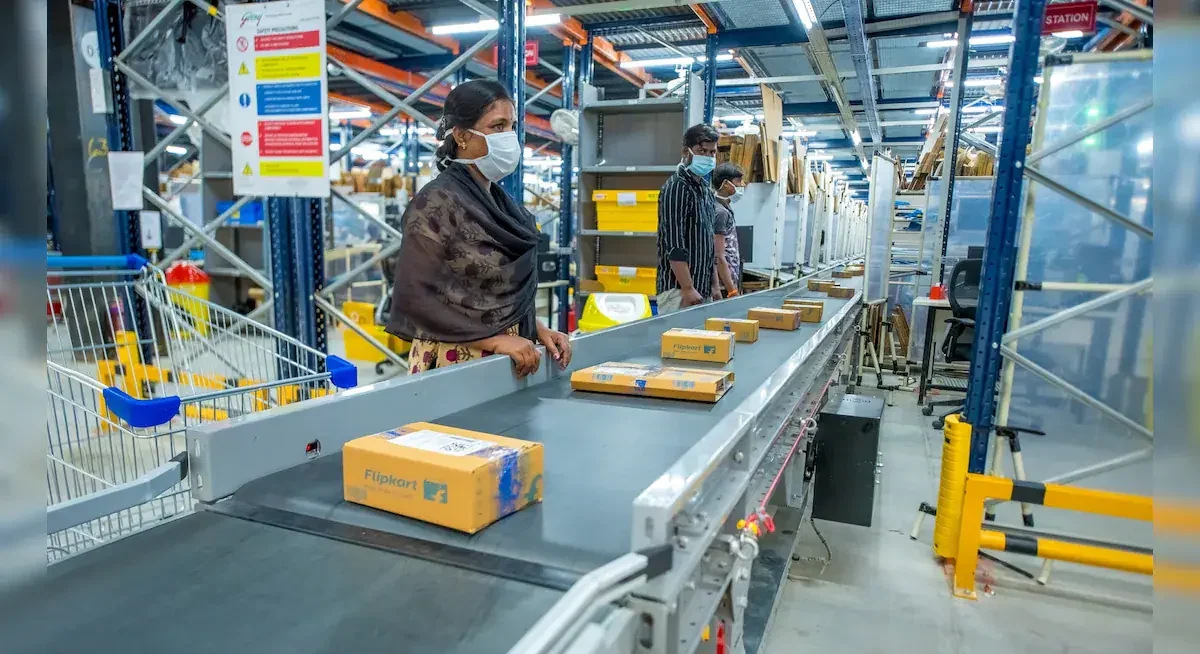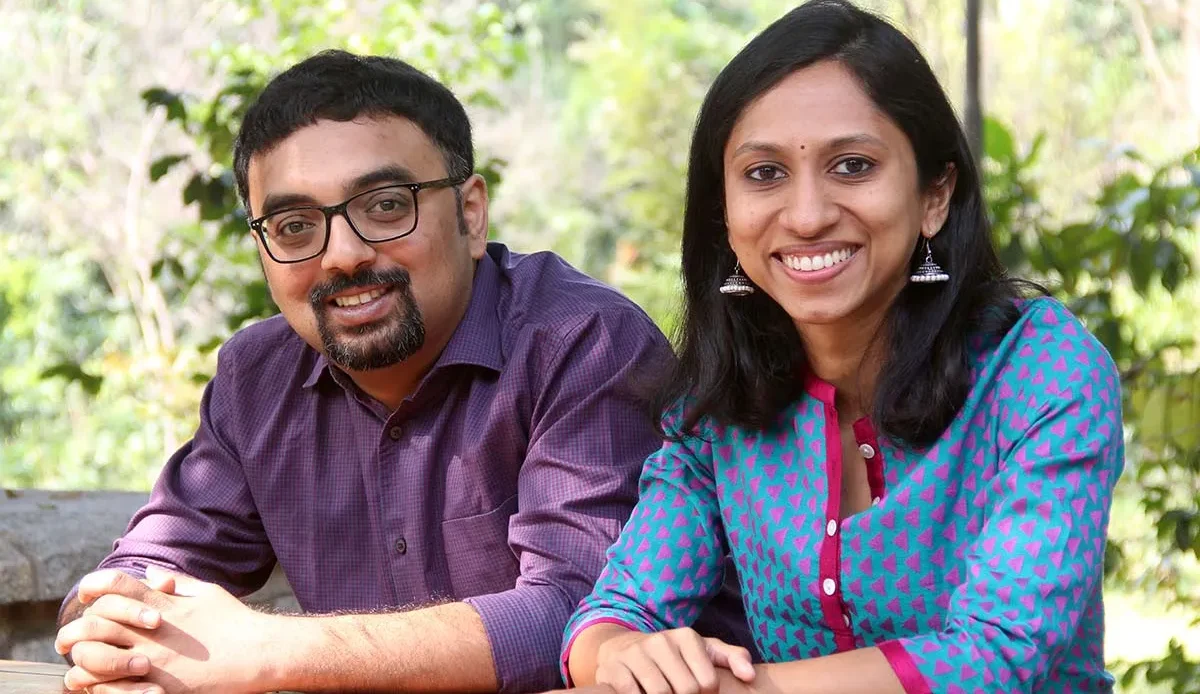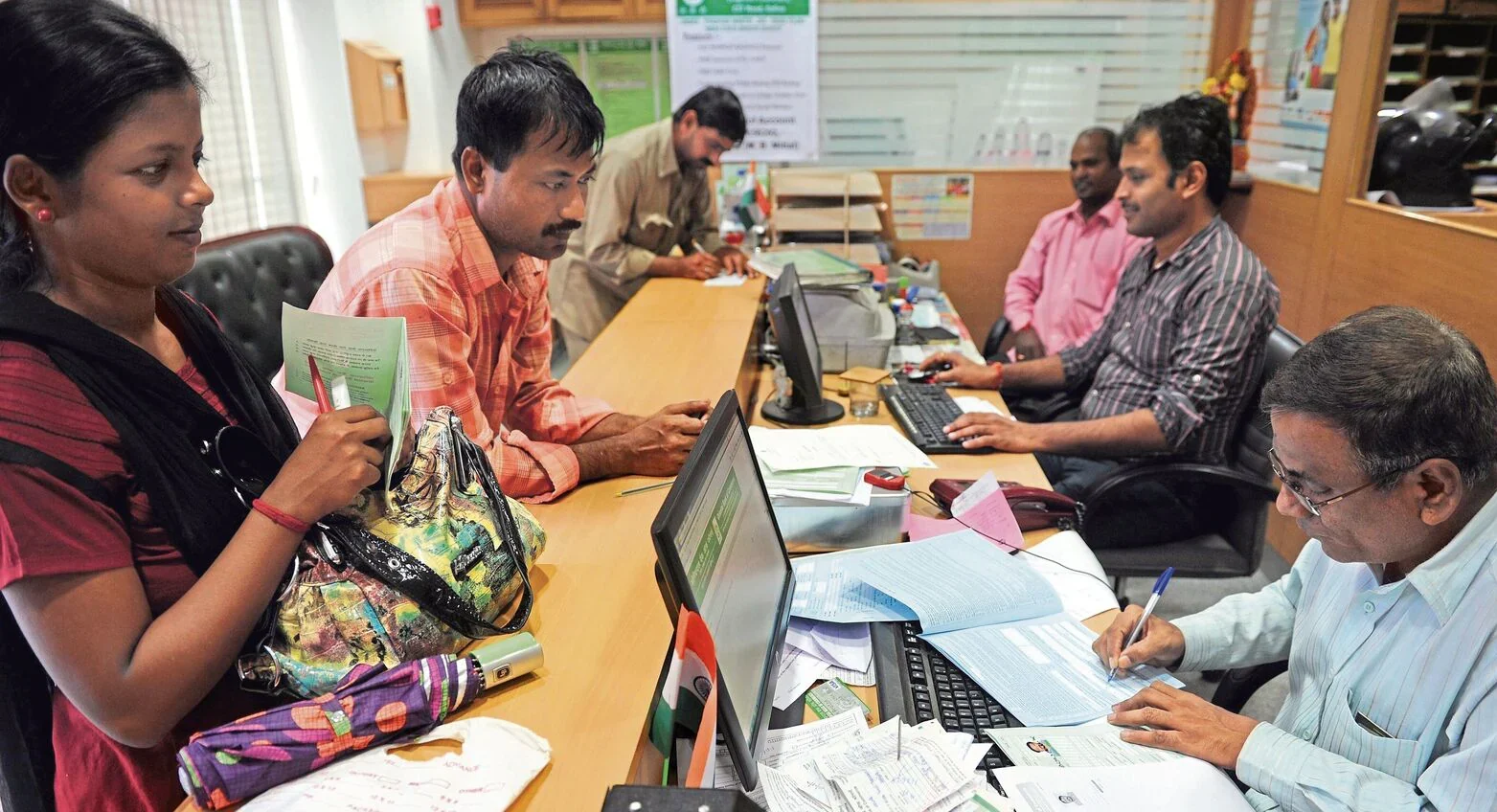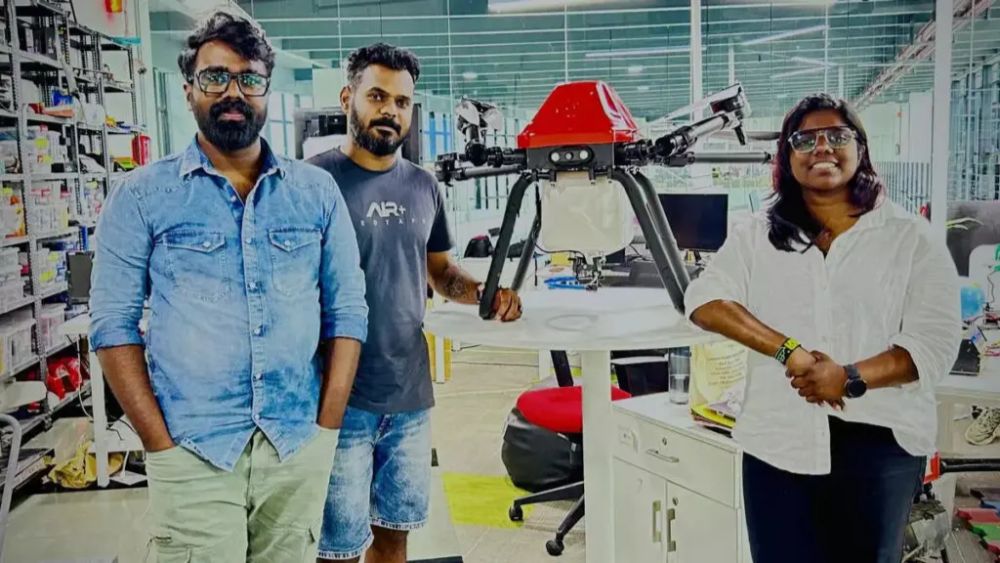The more we use our ACs, the hotter the planet gets. And the hotter the planet gets, the more we use our ACs. This seems like a never ending problem right? But luckily, CoolAnt has found a beautiful solution to this leviathan problem.
CoolAnt is an innovative sustainable cooling solution developed by Ant Studio in India, utilizing terracotta to create energy-efficient air conditioning systems. This approach is rooted in traditional techniques of evaporative cooling, where water’s evaporation from porous materials like terracotta cools the surrounding air.

CoolAnt was established in 2017.It is the brainchild of Monish Siripurapu, founder and principal architect of Delhi-based Ant Studio, a design firm. They realized a problem with the products that are around. All of them designed without a thought of the complete lifecycle of the product and how it impacts us as a civilization in the long run. So that’s how they started with CoolAnt. To aim to look at the necessity of thermal comfort holistically. They believe that there is a huge potential if we can intertwine our traditional systems with the modern advancements in material science and technology.
What is Terracotta ? What makes it so Cool ?
Terracotta is a mixture made of clay, water, and various additives. The key components include:
- Clay: The main ingredient, which can consist of different types such as kaolinite, montmorillonite, and illite. These clays are remnants of weathered rocks and provide the fundamental structure and workability for terracotta.
- Water: Water is mixed with clay to create a malleable substance that can be shaped into various forms.
- Fluxing Agents: Materials like calcium carbonate and feldspar are added to enhance the melting of silica particles during firing, which increases the strength of the final product.
- Grog: This consists of crushed ceramic scraps or previously fired clay added to the mixture to prevent shrinkage and improve structural integrity.
The process involves shaping the clay mixture, allowing it to dry, and then firing it in a kiln at relatively low temperatures. This firing transforms the clay into a hardened ceramic body, giving terracotta its characteristic reddish-brown color and porous nature. The porosity allows terracotta to absorb water, making it suitable for various applications, including pottery, sculptures, and architectural elements.
Terracotta is cool due to its natural properties that enable efficient evaporative cooling. Its porous structure allows water to permeate the material, and as the water evaporates on the surface, it absorbs heat from the surrounding air, creating a cooling effect.
This process replicates the ancient practice of using terracotta pots to chill water.
Supporting Local Artisans and India’s Pottery
Its is no secret that pottery is deeply ingrained in India’s culture. The use of terracotta in CoolAnt’s projects emphasizes sustainability and eco-friendliness while preserving cultural heritage.
By utilizing locally sourced materials and working closely with artisans, CoolAnt fosters economic opportunities within the community and promotes the continued relevance of pottery in contemporary applications.
This approach aligns with the growing trend of merging traditional techniques with modern needs, thereby supporting both local artisans and the environment.
CoolArt

The quality of air can also be accentuated with the help of Beehive, particularly in cities with heavy pollution. CoolAnt’s goal is to scale this concept into larger public art installations. The combination of terracotta, water, and biofilm formation, along with moss cultivation, enhances air quality. CoolAnt showcased the prototype, ‘Coral,’ for the first time at the Serendipity Arts Festival in Goa.


The Pangolin Pavilion was created to raise awareness about the poaching of pangolins, one of the most trafficked mammals on Earth. Designed for a parametric design workshop by Oneistox, the pavilion also aimed to teach architecture students new computational tools. Pangolins are at risk of extinction due to illegal trafficking for their scales, used in traditional medicine, their meat as a delicacy, and their blood as a tonic.


On the ground floor of Anahat, a large fluid installation made from terracotta tiles salvaged from the building’s old roof serves as both a visual barrier between the foyer and living room and a striking artifact in the space. This design choice aims to minimize waste while enhancing the overall aesthetic.

Difference made by AeroLeaf™
- Shading – 10% reduction in Cooling Load, 15% Energy Savings
- Shading & Ventilation – 18% Reduction in Cooling load, 20% Energy Savings
- Evapotransportation – 22% Reduction in Cooling Load, 30% Energy Savings
- It also achieves NetZero
ALSO READ : Banofi Turns Banana Waste into Sustainable Vegan Leather









